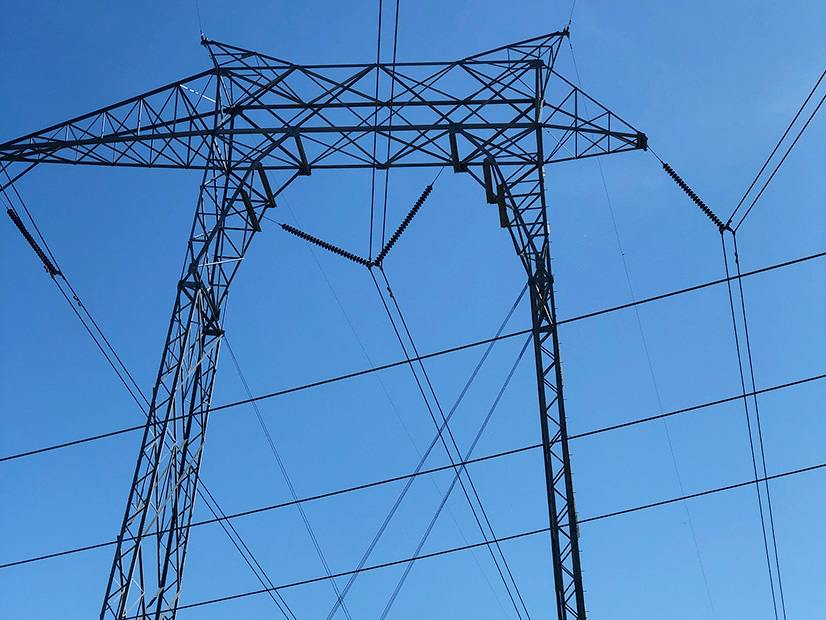FERC on Thursday dismissed as moot an NV Energy complaint related to CAISO’s controversial plan to restrict certain wheel-through transactions when tight power supplies threaten reliability on the ISO’s grid (EL21-74).
Despite strong protests from CAISO’s neighbors and other Western Energy Imbalance Market participants, the commission last month approved that part of the ISO’s “summer readiness” proposal, ruling that the measure does not violate FERC’s open-access transmission principles (ER21-1790). (See FERC OKs CAISO Wheel-through Restrictions.)
CAISO developed the plan to help avoid the kind of capacity shortfalls that led to rolling blackouts during a severe heat wave in California last August, the first for the state since the Western energy crisis of 2000/01.
The plan allows CAISO to reprioritize wheel-throughs between the Northwest and Southwest to prevent them from taking precedence over the capacity needed to serve the ISO’s own load during supply shortages. Under the plan, non-CAISO entities can ensure delivery of energy through California by applying 45 days in advance to schedule high-priority wheel-throughs needed for reliability.
CAISO says the measure is intended as a short-term fix for this summer only and has kicked off a stakeholder initiative to develop a longer-term solution.
NV Energy’s complaint did not directly challenge the proposal but instead called on FERC to prevent CAISO from altering the penalty pricing parameters in its business practice manual (BPM) to achieve the same result as the plan in case the commission rejected the plan.
Penalty pricing is the mechanism by which the ISO sets priorities — including scheduling priorities — for supply and demand resources in order to effect “expected” outcomes its markets. While CAISO specifies penalty prices in its BPM, NV Energy asked FERC to clarify that it would not allow the ISO to modify those prices without commission approval.
“NV Energy contends that CAISO should not be permitted to change the scheduling priorities of wheeling through transactions, relative to resource adequacy imports, by means of a business practice manual revision rather than through [a Federal Power Act] Section 205 tariff amendment filing. NV Energy asserts that the commission should make clear that the penalty price parameters must be specified in the CAISO tariff,” the commission explained in Thursday’s order.
The utility further contended that if the commission did find it appropriate for CAISO to specify penalty prices in the BPM rather than the tariff, then it should at least prohibit the ISO from prioritizing resource adequacy imports on non-firm transmission over wheel-through transactions on firm transmission. The utility argued that the priority wheel-through proposal contradicts FERC Orders 888 and 890 and the commission’s open-access principles.
CAISO responded that its tariff authorizes it to change penalty prices through a BPM revision, and that the commission has not previously required it to specify those prices in its tariff. The ISO also argued that NV Energy failed to show how the penalty prices spelled out in the BPM contravene the scheduling priorities set out in the tariff.
Supporting the complaint were Arizona Public Service, Salt River Project, Tucson Electric Power, UNS Electric, Arizona Electric Power Cooperative, Idaho Power and Powerex.
In light of its June decision approving CAISO’s plan, the commission rejected NV Energy’s complaint as moot.
“As NV Energy states, the relief requested in the complaint is premised upon the commission’s potential rejection of CAISO’s proposal in Docket No. ER21-1790. … Accordingly, we find that we need not address the merits of the complaint and therefore dismiss it,” the commission wrote.




